 Also by THERESA BANE
Also by THERESA BANE
Encyclopedia of Fairies in World Folklore and Mythology (McFarland, 2013)
Encyclopedia of Demons in World Religions and Cultures (McFarland, 2012)
Encyclopedia of Vampire Mythology (McFarland, 2010)
Encyclopedia of Imaginary and Mythical Places
THERESA BANE

McFarland & Company, Inc., Publishers
Jefferson, North Carolina LIBRARY OF CONGRESS CATALOGUING DATA ARE AVAILABLE BRITISH LIBRARY CATALOGUING DATA ARE AVAILABLE
e-ISBN: 978-1-4766-1565-3 2014 Theresa Bane. All rights reserved
No part of this book may be reproduced or transmitted in any form or by any means, electronic or mechanical, including photocopying or recording, or by any information storage and retrieval system, without permission in writing from the publisher. Front cover: road leading into forest iStock/Thinkstock
McFarland & Company, Inc., PublishersBox 611, Jefferson, North Carolina 28640
www.mcfarlandpub.com For Ryan Hardy. Without his dedication
and friendship
this book would not
have been possible.
Preface
This encyclopedia of imaginary places and mythical lands may not be the first of its kind, but I feel it is one of the best available to academics and serious researchers. Other books currently on the market covering the same subject matter as my own book are not geared toward a general and timeless reading audience; these books, apart from naming a handful of places in ASGARD, are filled with locations from works of pure fiction, that is to say, the literary works of authors not only from books but from pop culture movies and television shows. J. J.
Smith, who will really be looking for this information five years from now, never mind one hundred? As interesting as I may or may not find the books and the television show, its entry would only be relevant, in my opinion, in a book whose author centered and focused their research on fictional towns in literature published in the twenty-first century. Moreover, as much of a fan as I am of Stella Gibsons Cold Comfort Farm (1932), I would never dream of its being an entry in this book. Not only is the novel going on one hundred years old, few people would have heard of it in these modern times; I suspect most would be more familiar, if at all, with the 1995 film rendition. As you can see, based on these examples, it would be impossible for me to hope to mention all the current and relevant fictional settings, let alone those that were named in less popular or self-published books. Naturally the heavens and hells of the religious afterlife are the locations that most immediately spring to mind when one considers mythological places. However, there are a great number of other locales that are included, such as fairy realms, settings from Arthurian lore, and a few of the kingdoms located far, far, away, named in fairy tales and relevant political works, such as Sir Thomas Mores Utopia and Platos Atlantis from his works Critias and Timaeus.
Furthermore, I included places named in Sindbad the Sailor as well as in Critias, Timaeus, and Utopia not because they were works of popular fiction in their day but because even after hundreds, and hundreds, and hundreds of years, these stories are still being told to children, taught in schools (even on an academic level), and actively searched for, and because they are still relevant and timely. This is not my decision but rather one society has made, consistently in some cases, for a few thousand years. With my previous books, Encyclopedia of Vampire Mythology (2010), Encyclopedia of Demons in World Religions and Cultures (2012), and Encyclopedia of Fairies in World Folklore and Mythology (2013), I put my research skills to the test, collecting and collating as many places from all the various folklores, legends, mythologies, and religions I could find. I used not only architectural, artistic, geographic, historical, and religious texts, but also books on the various mythologies from around the world. To the best of my knowledge, I dont believe there is anyone purporting to be a mythological geographer; I would define this as someone who has a broad understanding of the various religious belief systems, folklores, and mythologies, as well as knowledge of the geographic terrain of each areas individual location well enough to support such a job title. It would be quite wonderful if there were.
Perhaps such a thing would pave the way for mythological cartographers to emerge, those individuals who would be so bold as to create a visual map laying out the various realms of the heavens above and hells below for readers, researchers, and would be travelers. This is not to be confused, however, with those individuals who are fans of works of fiction and have drawn a map of the terrain covered in the story, such as the many finely crafted maps of J. R. R. Tolkiens Middle Earth and the map of Jim Butchers Codex Alera. Theses maps, be they constructed by the author or an astute individual, are, as accurate as they may be, the byproduct of a single mind and not a part of regional mythology or the religion of a people.
I have found it a refreshing experience not to write my fourth book on any collection of mythological beings or creatures, but rather on the places they live, when theyre not harassing us humans on our mortal realm, of course. As with my previous subjects, the lands I have catalogued and described in this book are not proven to exist. Yet millions of people from all over the world, regardless of social class or economic privilege, believe they do; particularly the heavens and the hells of the worlds varied religions. Faith in afterlife destinations, whether a welcoming PARADISE or a tormenting HELL dimension, have been consistent throughout our recorded history. Personally, I find comfort in this notion, knowing all the good I do now will someday present a payoff, while all of the people who escape justice for their crimes of hate and indifference will get whats coming to them eventually, even if it is in the next life and a shade extreme. As a professional vampirologista mythologist who specializes in cross-cultural vampire studiesI compiled information for several books at once while I conducted my basic initial research, cataloging all the different bits of relative data in corresponding file folders, one for demons, one for fairies, one for mythic places, vampires, and the like.
Slowly I amassed the material I would ultimately need for the books I already have written, as well as stockpiling information to write future books. It was a time-consuming five years in the making, but I have found it to be well worth the initial trouble and strikingly similar to my belief in an afterlife: work hard now and reap the benefits and rewards later. I was confident from the outset of this project that I had enough raw materials to write an encyclopedia of imaginary and mythic locations as there are numerous heavens and hells from the varied world religions as well as a plethora of fairy realms and mythological locales, such as from Arthurian lore and time-tested fairy tales. The number of individual entries was not a concern, but I did wonder if the length of some of the entries would be satisfying to my readers; sadly there are some places we are well familiar with, but there is little information fully describing or detailing it from the original source material. The entry of SHEOL is a good example of this, a well-known conceptual location from Rabbinical lore but with little historical and mythological facts to flesh it out as nicely as, say, the description of CAER YS of Breton folklore. The entry for HEAVEN, to cite another example, was no small task to write.
Next page
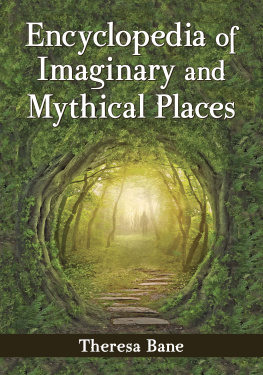
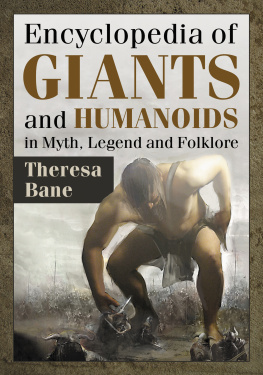
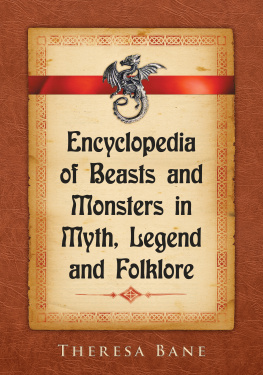

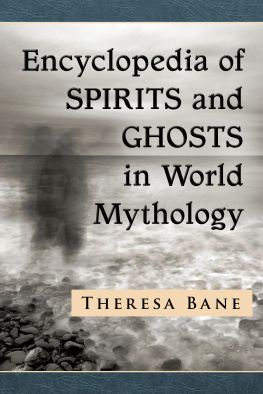
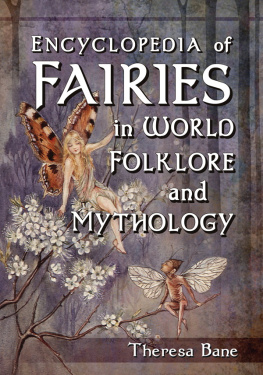

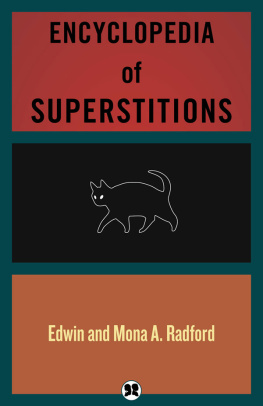
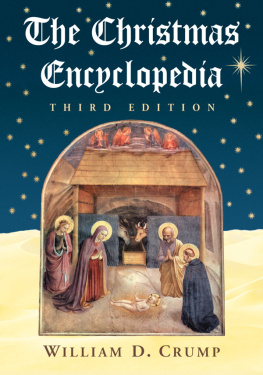
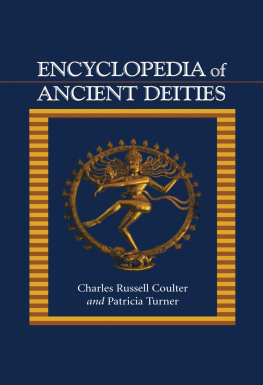
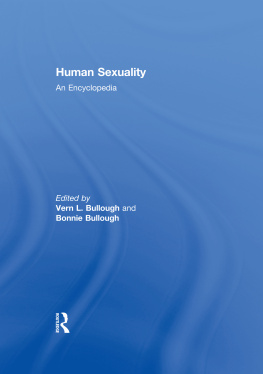
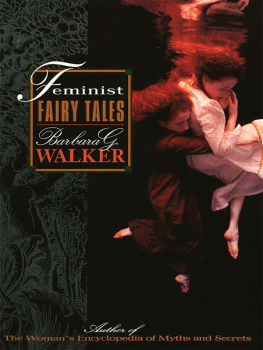
 Also by THERESA BANE
Also by THERESA BANE